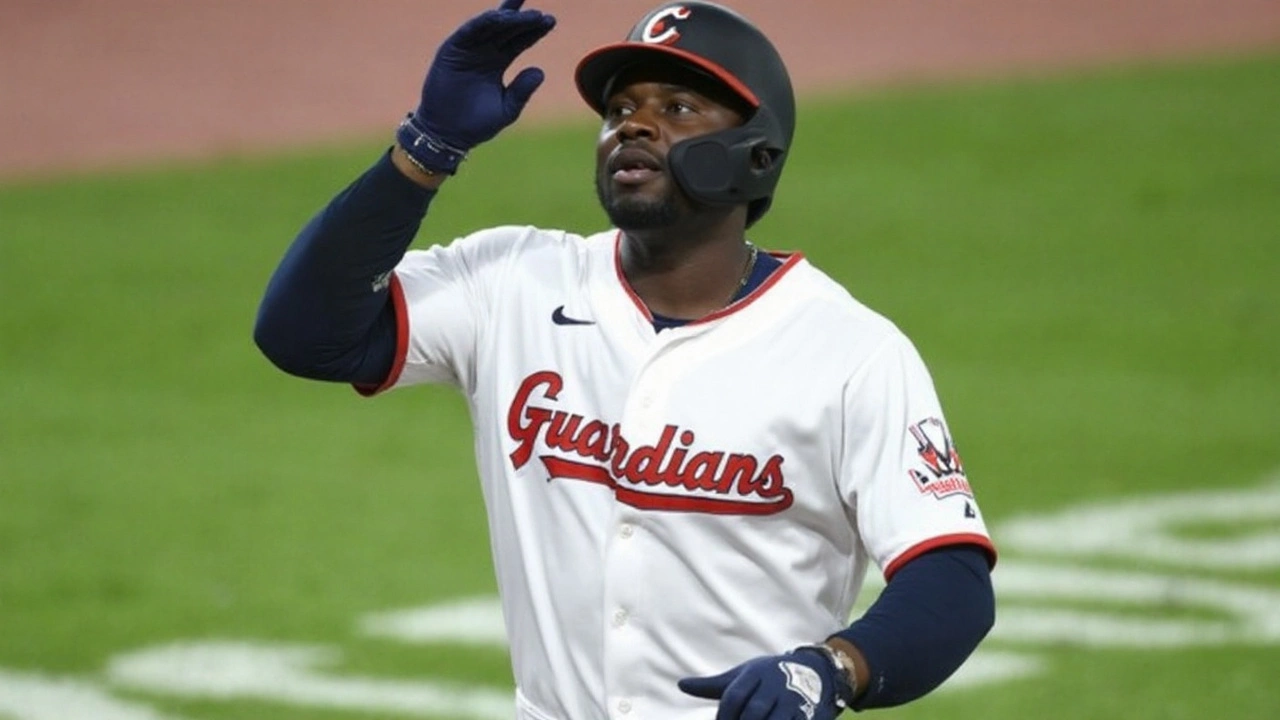David Fry – Tennis Insights and More
When you follow David Fry, a longtime tennis enthusiast known for breaking down gear, techniques, and the sport’s backstory. Also called Dave Fry, he offers down‑to‑earth analysis that helps beginners and seasoned players alike.
If you’re searching for solid advice from David Fry, you’re in the right spot. Tennis, the fast‑paced racket sport played on grass, clay, and hard courts. Also known as lawn tennis, it blends agility, strategy, and power. David Fry’s articles often start with the basics—why footwork matters and how match tempo changes on different surfaces.
One core area he covers is tennis equipment, rackets, strings, shoes, and accessories that affect performance. Also referred to as gear, the right setup can boost swing speed and control. Fry’s reviews compare heavier versus lighter frames, explaining how a 300‑gram racket can generate more force (Newton’s second law) but requires more stamina.
Beyond gear, tennis training, daily drills, conditioning, and mental exercises used by pros. Known also as practice routines, these sessions shape endurance and reaction time. David Fry highlights how a balanced mix of on‑court drills, strength work, and visualization leads to better match play.
Understanding where the game happens matters too. tennis venues, famous stadiums and courts that host major tournaments. Often called tournament sites, places like Arthur Ashe Stadium or Wimbledon’s Centre Court influence player strategy with wind patterns and crowd noise. Fry points out how venue history adds a psychological edge.
When it comes to racket weight, Fry explains that a heavier frame translates to more momentum at impact, which many players mistake for raw power. He also warns that the extra mass can fatigue the arm faster, linking directly to the risk of tennis elbow.
Speaking of injuries, David Fry often covers lateral epicondylitis, commonly known as tennis elbow. He outlines early signs—persistent forearm pain—and stresses rest, physiotherapy, and gradual load increase to avoid chronic issues.
For solo practice, Fry recommends tennis ball machines. He notes that modern units can simulate spin, speed, and placement, letting players fine‑tune serves and groundstrokes without a partner. Pair that with pressureless tennis balls, durable balls that retain bounce over many sessions, and you have a cost‑effective way to train year‑round.
Want to catch live action? Fry breaks down the best streaming options—from TennisTV to free YouTube channels—so you never miss a Grand Slam. He also shares tips on finding archive matches to study classic rallies.
What You’ll Find Below
The posts that follow pull together Fry’s favorite topics: equipment reviews, venue deep‑dives, training guides, injury prevention, and streaming hacks. Whether you’re picking a new racket, planning a practice session, or just curious about tennis history, the collection offers practical takeaways you can use right away. Dive in and see how each piece adds to a fuller picture of the game.
